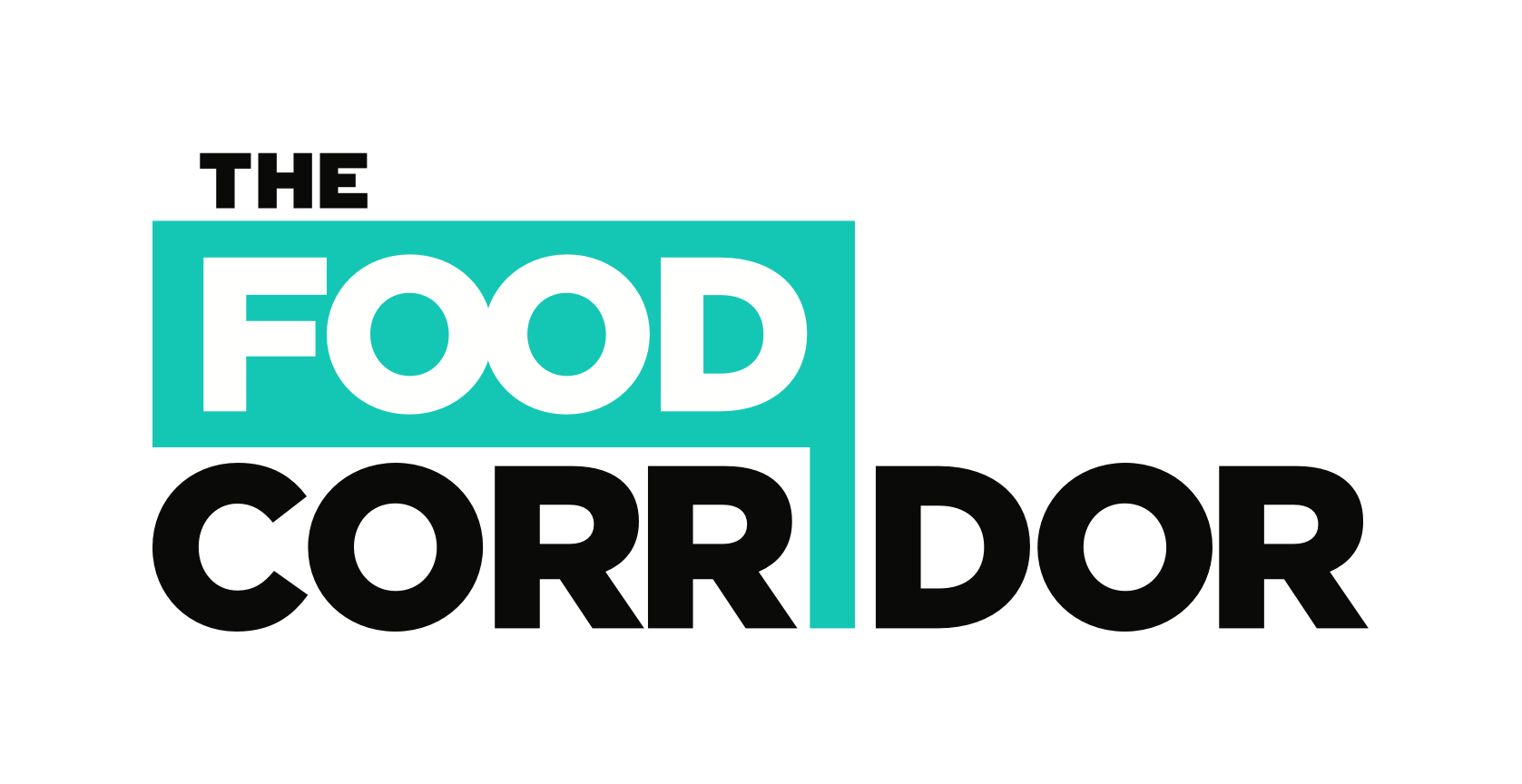Are you in the process of establishing your shared kitchen? Planning a shared kitchen project is a complex process and it can be difficult to properly refine your objective. Here, we’ll cover 3 examples to help you clarify your goals. This information comes straight from the Shared Kitchen Toolkit.
Clarifying Your Goals
The first step in your planning process is to clarify your vision and your goals for your shared kitchen. Shared kitchens are at the intersection of local economies and food systems and thus can have broad, multifaceted benefits for entrepreneurs and communities. Kitchen founders look to kitchen projects to achieve a wide range of goals as illustrated in the definitions and opportunities discussed earlier. For some, starting a shared kitchen is a way for the founders to earn a livelihood while supporting entrepreneurs. Others are nonprofits focused on providing kitchen access to those that cannot afford market rates or to food programs and health education initiatives. Regardless of the profit motive, most kitchens share a larger aim of helping their communities and can benefit from crystallizing these goals early in their planning processes.
While it is tempting to jump right in to planning your facility, there are benefits to stepping back to reflect on your driving motivations and hopes for the project. What does success look like to you and any stakeholders in the project? Taking time in the beginning to examine what you want your kitchen project to achieve (often referred to as the project’s outcomes) will help you focus your planning efforts. Clarity about your mission and goals will animate your pitch and help you engage others in joining your vision. In the planning process, knowing what success looks like will help you determine who your target customers should be, what partners you need, and what business model and facility design will be the right fit. As the project moves into development, a clear consensus on your goals will help prevent the project from getting sidetracked by tempting opportunities that take you in a different direction.
To help you brainstorm your aims, the Shared Kitchen Toolkit has compiled examples of the positive community impacts that founders often hope to achieve when starting a shared kitchen or kitchen incubator. The list is intended to jumpstart your thinking, not limit your options.
Local Food Systems
Goal: Provide cost-effective access to commercial equipment for producers to make value-added products and cold storage for growers to prep and distribute products.
Intended Impacts:
- Expand farmer revenues to improve the viability of small farms.
- Increase the availability of foods made with local ingredients in the community.
- Decrease the environmental impacts of shipping food long distances.
- Preserve farmland.
- Reduce food waste by processing unmarketable farm products and gleaned agricultural products.
- Facilitate the purchase of locally grown foods by institutional buyers.
- Support public health by encouraging food businesses to use good food safety practices in commercial facilities.
- Improve food access and nourishment for food-insecure households.
- Reduce program costs and improve efficiencies for food access programs.
Community Economic Development
Goal: Reduce hurdles and create opportunities for starting new food businesses, expand food industry employment, encourage the growth of local food businesses, and improve inclusion and equity in the food economy.
Intended Impacts:
- Keep money circulating locally with more opportunities to “buy local.”
- Grow more jobs in the community.
- Grow the local community tax base.
- Improve the economic opportunities for entrepreneurs with limited resources and barriers.
- Improve workforce training opportunities for underserved communities to enter the food industry.
- Cultivate a community’s food cluster to improve the competitive advantages of food businesses in the area.
- Expand food tourism and support the tourism and hospitality economy.
- Revitalize neighborhoods.
- Grow new brick-and-mortar food establishments.
- Expand and scale small food businesses.
- Spur growth of the food sector.
Community Building and Well-being
Goal: Provide space for community members to learn, share, and experience food together.
Intended Impacts:
- Improve community health by educating the community on cooking and nutrition.
- Share food as a means of building community and cultural understanding.
- Celebrate the cultural diversity of a community through international food events.
- Support culinary appreciation, exploration, and innovation.
Personal Goals
In addition to these community-focused goals, you may have personal goals you wish to reflect on. These could include having a rewarding career, providing a livelihood for your family and team, or growing an enterprise that can be sold or franchised.
Tips for Clarifying Goals
If you are part of a team or community effort where there are a variety of interests and ideas, you will want to engage the group in discerning the kitchen goals and mission. Community members and stakeholders often have different hopes for what a shared kitchen or incubator can bring to their community. Building consensus about the goals can help everyone feel more invested in the project. If you are a solo kitchen entrepreneur, you can do this exercise on your own by sketching your ideas in writing. Try to test them out on others and ask for feedback.
- Reflect on the question “What does success look like?” In small groups, ask each participant to paint a picture with words and then discuss the ideas that resonate in the larger group.
- During the brainstorm phase, stay open to a variety of responses and try not to get hung up on wordsmithing or perfecting the ideas.
- Try to brainstorm the impact you want to have separately from the solutions you think will get you there.
- Go deeper by asking follow-up questions such as: What would that mean? Why is that important to you? What impact could that have on our community? What problem are we solving?
Once you have finished brainstorming, begin refining the ideas. This can be done in the same or a separate session, depending on how long the brainstorm takes.
- Try to classify your goals into buckets, such as personal, organizational, entrepreneurial, community, economic development, and food system. These broad themes will help everyone see the big picture and will help you identify key partners and potential funders.
- If you have several goals, reflect on whether you feel you can achieve all of them or if they should be prioritized. While a shared kitchen/ incubator can be a tool for achieving a variety of outcomes, attempting to do too much in the beginning can reduce your chance of success. Consider focusing on priority impacts and expanding your vision over time.
As your project evolves, you should return to your goals frequently to reflect on how your plans are aligning with your goals. Place your goals somewhere prominent, so you and your team can see them easily and often. Remember to review your goals periodically and iterate as needed, as you gain new insight.
Looking for advice for operating your shared kitchen space? Check out our Shared Kitchen Operations Manual for more information.


